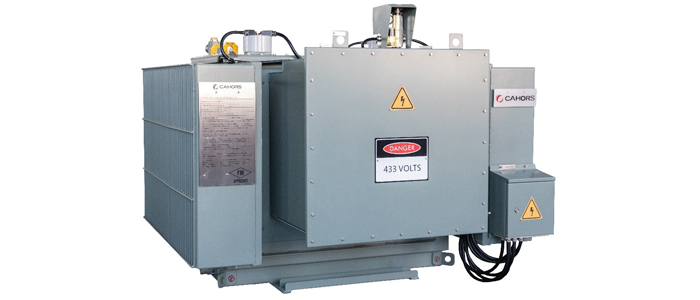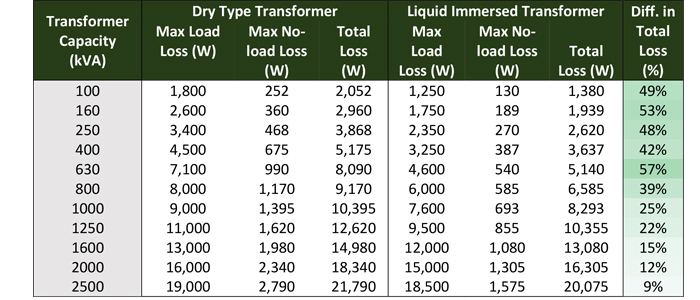- +61 7 3374 2877
- Email Us
Transformers form a critical component in the electrical transmission and distribution system. There are two types of transformers widely used in the industry, namely dry-type transformers and liquid-immersed transformers.
A dry-type transformer utilises air as a cooling medium, while a liquid-immersed transformer uses a fluid medium for cooling. Both transformers serve the same function but have differences in manufacturing process and performance. Hence, a comparison between the two transformers must consider factors such as:

Fire-Safe GSM Transformer (AS2067 Enhanced Protection, FM Approved)
EXNOVO improves the reliability and efficiency of energy for indoor and outdoor applications through extensive development and certification, which have resulted in the GSM transformers. The GSM technology combines the efficiency of a liquid-insulated transformer with the superior safety of a dry-type transformer.
The GSM is a hermetically sealed, less-combustible liquid-immersed transformer with enhanced protection that complies with AS2067. A reference unit of the GSM transformer undergoes destructive testing, including but not limited to transformer tank strength, pressure resistance, fire suppression capabilities and physical performance. There are only two companies in Australasia that are certified to manufacture enhanced protection transformers, such as the GSM, that comply with AS/NZS 60076 and FM Approval Standard 3990 [1].
Service Environment
Some important elements that can affect the performance and reliability of transformers are environmental pollution, atmospheric corrosion, humidity, and resistance to ageing. A summary of the effects and typical failure resulting from environmental parameters are shown in Figure 1.

The relative humidity is inversely correlated to transformer life span due to moisture absorption of the insulating material and partial discharge [2]. In the case of a dry-type transformer, the degradation of insulating material such as cast resin is due to the penetration of moisture, causing differential permittivity leading to unequal voltage distribution in the structure [3].
Given that most transformers are not installed in humidity or temperature-controlled environment, the risk of failure for a dry-type transformer is higher as the insulating material is directly exposed to humidity [4].